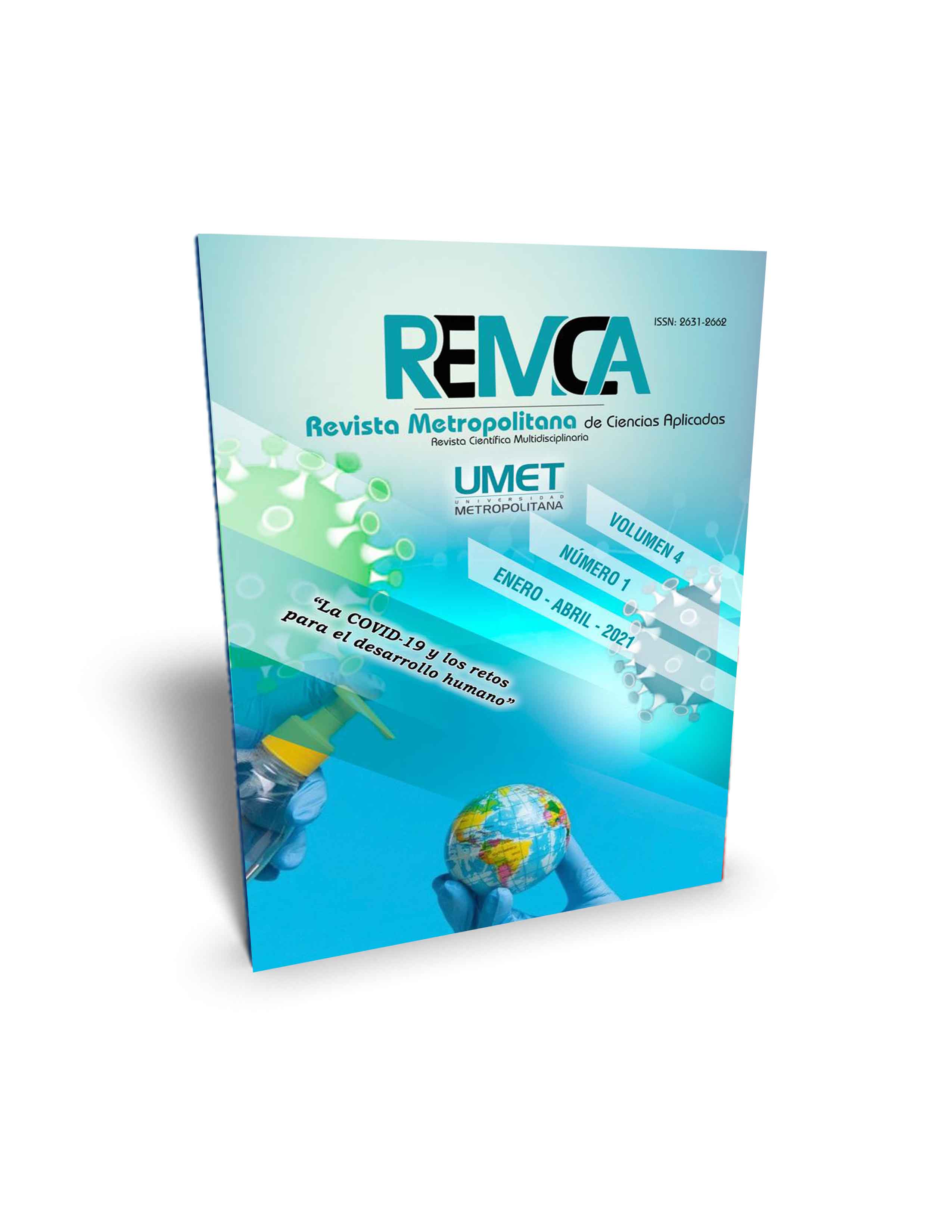Application of geostatistical models to define the variability of a soil profile
DOI:
https://doi.org/10.62452/zx01j782Keywords:
Geographic information system, Krigrien, semivariogram, mean square errorAbstract
Geostatistical analysis is used to visualize and graph the spatial distribution of various soil properties. In this context, the objectives were: to describe several physicochemical properties of the soil of two profiles in a banana farm; then to estimate the best interpolation method, and through graphs to interpret the spatial variability. Two 2.50 m wide by 0.70 m deep pits were constructed diagonally to a banana plant at a distance of 40 cm. A 2 m long by 0.6 m wide mesh with 20 x 20 cm squares was placed in each profile, from which samples were taken for soil analysis. The geostatistical analysis was performed in ArcGis version 10.3. To show the distribution of the profile data, the kriging interpolation method was used. The empirical semivariogram models used were: linear, spherical, circular and Gaussian. Areas with different variability in their direction and data concentration as a function of distance were identified. The spherical interpolation model was more accurate. The maps maintained continuity of the values in depth, an aspect that allowed the characterization of the two soil profiles, when bought with the descriptive statistics.
Downloads
References
Rodríguez, M., & López, T. (2014). Comportamiento de la zona radical activa del banano en un Ferrasol bajo riego por goteo superficial y subsuperficial. Revista Ciencias Técnicas Agropecuarias, 23(3), 5–10.
Rubiano Sanabria, Y., Amézquita Collazos, E., & Beaulieu, N. (2005). Sistema georreferenciado de indicadores de calidad de suelos para los Llanos Orientales de Colombia : Estudio de caso: Municipio de Puerto López, Meta. Acta Agronómica (Colombia), 54(3), 1-9. http://www.revistas.unal.edu.co/index.php/acta_agronomica/article/view/112/245
Stoorvogel, J., & Segura, R. (2018). Nutrition and soil management in banana cultivation. En, G. Kema & A. Drentj (Eds.), Achieving sustainable cultivation of bananas. (pp. 1–15). Burleigh Dodds Science Publishing.
Villatoro, M., Henríquez, C., & Sancho, F. (2008). Comparación de los interpoladores IDW y Kriging en la variación espacial de pH, Ca, CICE y P del suelo. Agronomia Costarricense, 32(1), 95–105.
Zhang, Y., & Hartemink, A. E. (2018). Special issue article: Digital mapping of a soil profile. European Journal of Soil Science, 70(1), 27–41.
Downloads
Published
Issue
Section
License
Copyright (c) 2021 Rafael Enrique Niebla Torres, Salomón Alejandro Barrezueta Unda, Ángel Luna Romero, Julio Chabla Carrillo (Autor/a)

This work is licensed under a Creative Commons Attribution-NonCommercial-ShareAlike 4.0 International License.
Authors who publish in Revista Metropolitana de Ciencias Aplicadas (REMCA), agree to the following terms:
1. Copyright
Authors retain unrestricted copyright to their work. Authors grant the journal the right of first publication. To this end, they assign the journal non-exclusive exploitation rights (reproduction, distribution, public communication, and transformation). Authors may enter into additional agreements for the non-exclusive distribution of the version of the work published in the journal, provided that acknowledgment of its initial publication in this journal is given.
© The authors.
2. License
The articles are published in the journal under the Creative Commons Attribution-NonCommercial-ShareAlike 4.0 International License (CC BY-NC-SA 4.0). The terms can be found at: https://creativecommons.org/licenses/by-nc-sa/4.0/deed.en
This license allows:
- Sharing: Copying and redistributing the material in any medium or format.
- Adapting: Remixing, transforming, and building upon the material.
Under the following terms:
- Attribution: You must give appropriate credit, provide a link to the license, and indicate if any changes were made. You may do this in any reasonable manner, but not in any way that suggests the licensor endorses or sponsors your use.
- NonCommercial: You may not use the material for commercial purposes.
- ShareAlike: If you remix, transform, or build upon the material, you must distribute your creation under the same license as the original work.
There are no additional restrictions. You may not apply legal terms or technological measures that legally restrict others from doing anything the license permits.




